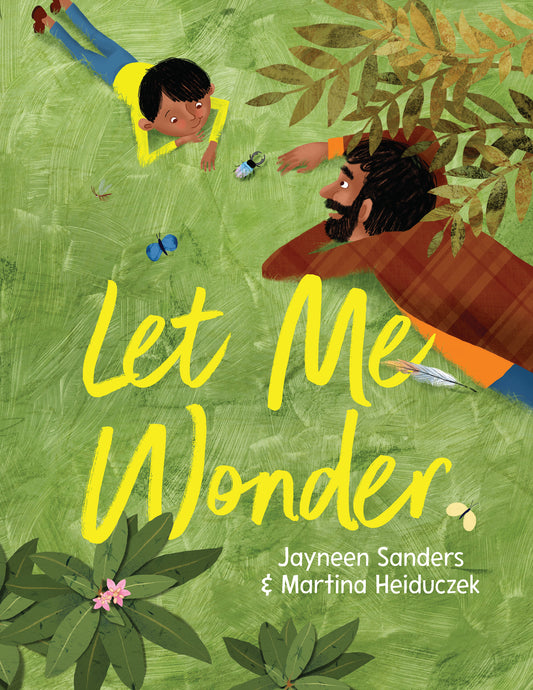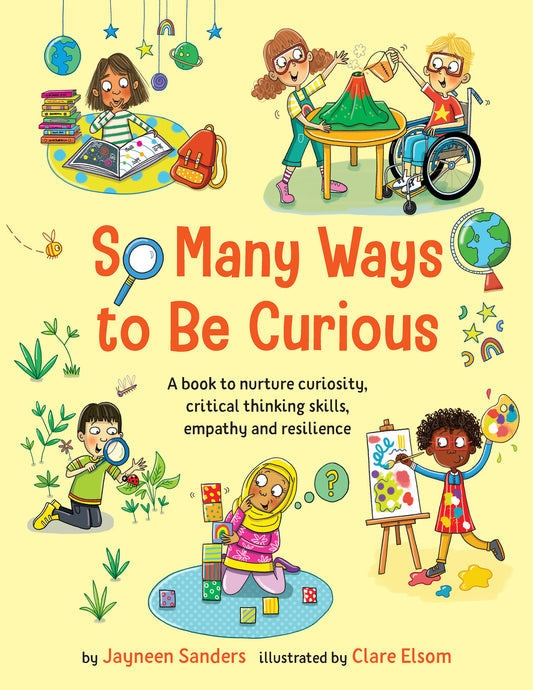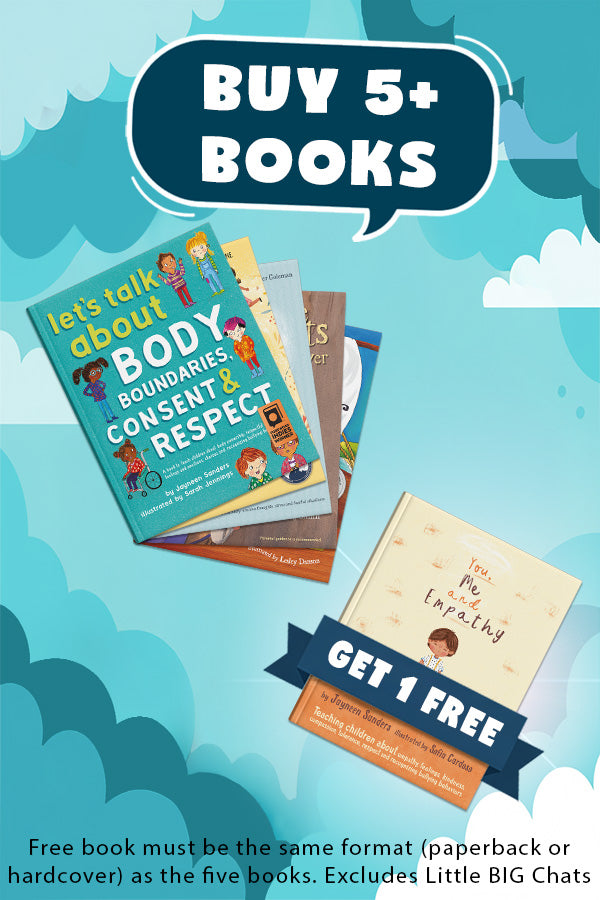When my daughters were in their first year of school, every week they would come home with a list of sight words to learn (often known as ‘the golden words’) — words such as ‘and’, ‘was’ and ‘put’. If you have ever had a child in their first year of school, you will KNOW what I am talking about! When my eldest daughter arrived home with her first list, she tried desperately to memorise each word so she could move to the next list the following week. At this time, she barely knew how to read and had limited knowledge of letter sounds. Not that knowing her ‘sounds’ was going to help her decode many of the first 100 sight words. If you have ever asked your little one to ‘sound out’ ‘put’ or ‘was’ you will also know what I am talking about! It was such a stressful time for us all, as my daughter became very upset when she couldn’t ‘read’ (memorise) all of her ‘golden words’. It became even more stressful when she ‘failed’ to move to the next list.
Being a teacher, I personally believe children need to learn their first 100 sight words (the essential words they need to know in order to progress with their reading) in a meaningful context, i.e. sentences/stories. So here are some hints to help children learn their weekly list of words; and I guarantee, it will be fun!
-
Buy a special exercise book. Cover it together and have your child write their name on the cover.
-
When that first list comes home, have your child provide you with a sentence (orally) containing the first sight word on the list, e.g. ‘I put on my big coat.’ — ‘put’ being the sight word.
-
Write the sentence for your child clearly. Do not use all capital letters. Use the usual text conventions of a capital letter for the beginning of the sentence and a full stop at the end. Note: point out text conventions just as a general part of your conversation. It is certainly something children don’t need to focus on at this early stage.
-
Now draw a boxed outline around the word ‘put’. Tell your child that all letters have bodies but some also have heads and tails. (I often drew a standard cat with a ball for its body, a ball for its head and a long tail hanging down, and used this cat when referring to letters.) Explain that when we draw the box around ‘put’ we see that the ‘p’ has a body and a tail and the ‘t’ has a body and a head. Outlining the shape of a word with a box, helps the child to ‘take a picture’ of the word and assists them to memorize it.
-
Now have your child read the sentence back to you. I guarantee they will remember it (even though they may not be truly ‘reading’ just yet) because it is their sentence and their words. Point to each word as your child reads the sentence.
-
Have your child read the sentence a few more times as they point to each word.
-
Ask your child to identify their ‘golden’ word and name it — in this case ‘put’.
-
Now, like any children’s book author, your child’s ‘story’ needs a picture. Have them draw a matching picture for each sentence. Allow them to take as long as they like.
-
Make sure you have lots of fun doing all of the above and the process is never a chore. Praise all efforts. I would usually recommend no more than one to three words in a session.
10. Revisit your child’s sentences time and time again — whenever he or she wishes to read from their own special book full of their own stories and pictures!
Note: as your child becomes more proficient at thinking up sentences, encourage them to include more interesting adjectives, e.g. ‘The little girl put on her big woolly brown coat.’ However, never ask this of your child until they know the drill and THEY want to make their sentences more interesting.






